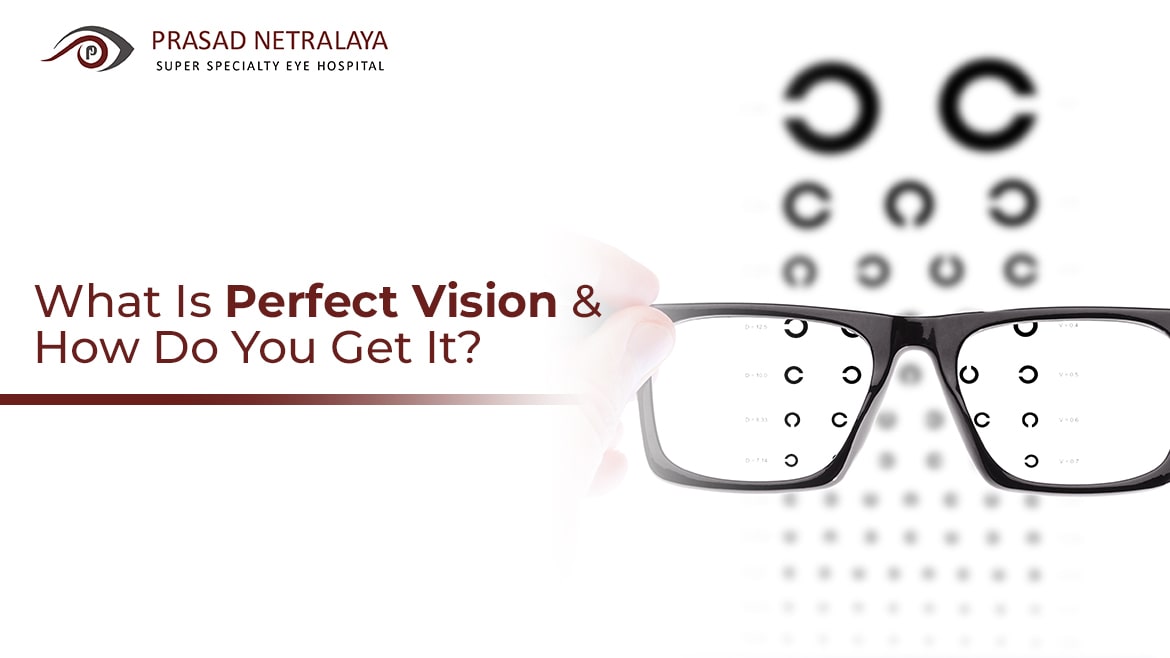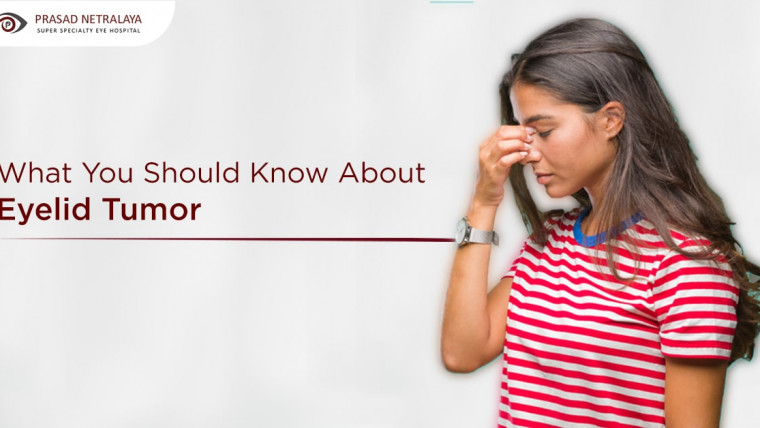At some point in your life, you would have had to fill out a health form that included a section for your vision power. Some may have had 20/40 vision, while others may have had 20/80 vision or even 20/20. In this blog, we will talk about what is perfect vision, what these readings mean and how to get 20/20 vision.
Refractive error, or how light is refracted in the eye, is the most prevalent cause of poor visual acuity. Reduced lens flexibility owing to age (presbyopia), irregularities in the eye lens (myopia, hyperopia), and cornea shape abnormalities are all causes of refractive errors. If your vision isn’t what it used to be, or if you’re over 40 years old, you should have your vision measured and checked by an eye specialist.
Table of Contents
How Is Vision Power Tested?
Do you ever wonder what the perfect vision prescription is? A Snellen eye chart is commonly used to assess and prescribe visual acuity. The term “perfect 20/20 vision” comes from the use of eye charts to determine how well you can see at a distance.
These eye charts are typically placed 20 feet away from your eyes and display letters that get progressively smaller. Your visual acuity is excellent if you can read the tiny letters in the bottom row from 20 feet away. When the room is limited in a doctor’s office, the eye chart may be reflected using mirrors to approximate a 20-foot distance.
So, what is perfect vision? And can you have perfect vision?
What Does 20/20 Vision Mean?
The term “20/20 vision” is a prevalent misperception that if you get a score of 20/20 on an eye exam, your eyesight is excellent. However, 20/20 vision is normal vision, which means you can read at a distance of 20 feet which most people are able to read at that distance, especially if you’re healthy. At a distance of 20 feet, 20/20 vision simply refers to the clarity or sharpness of vision.
Levels of vision
- 20/20 – Normal vision
- 20/40 – They will have to wear vision correction glasses. Most printed text can be read.
- 20/80 – This is a low vision range, however, clock readings can be read at a distance of 10 feet.
- 20/200 – This range is considered legally blind.
Can Lasik Give You Better Than 20/20 Vision?
One of the most common questions that people have, when they find out that 20/20 is normal, is ‘so then ‘what is perfect vision’? And is it possible to get a vision that is finer than 20/20, say, 20/15 or 20/10?
Although 20/20 is the norm by which we judge healthy eyesight, acuity can be improved to be better than 20/20. You can do this in two ways: through LASIK surgery or by wearing corrective lenses.
LASIK surgery
Laser-assisted in-situ keratomileusis (LASIK) corrects refractive defects such as myopia (nearsightedness), hyperopia (farsightedness), and astigmatism. An ophthalmologist reshapes your cornea with a laser or microkeratome to increase your visual acuity.
Corrective lenses
Although most ophthalmologists and optometrists strive for 20/20 vision correction, corrective lenses can sometimes enhance vision to 20/15. Adjustable light lenses and improved intraocular lenses, according to a medical practitioner interviewed by the American Academy of Ophthalmology, may help patients achieve 20/15 vision.
Having said that, overcorrection to improve your vision to greater than 20/20, isn’t usually good because it has several significant adverse effects such as dryness in the eyes, Keractasia (distorted vision due to thinning of the cornea), astigmatism, etc.
In conclusion, what is perfect vision that doesn’t help you capture the essence of everything around you. Thus, it’s always recommended that you get corrective measures if your vision is not in the normal range. Consult one of the best eye hospitals in Karnataka 一Prasad Netralaya to see comfortably and clearly. Visit our website to schedule a consultation or call us on our toll-free number 1800-4251-919 or our mobile no. 09513576565 to book a quick appointment.



